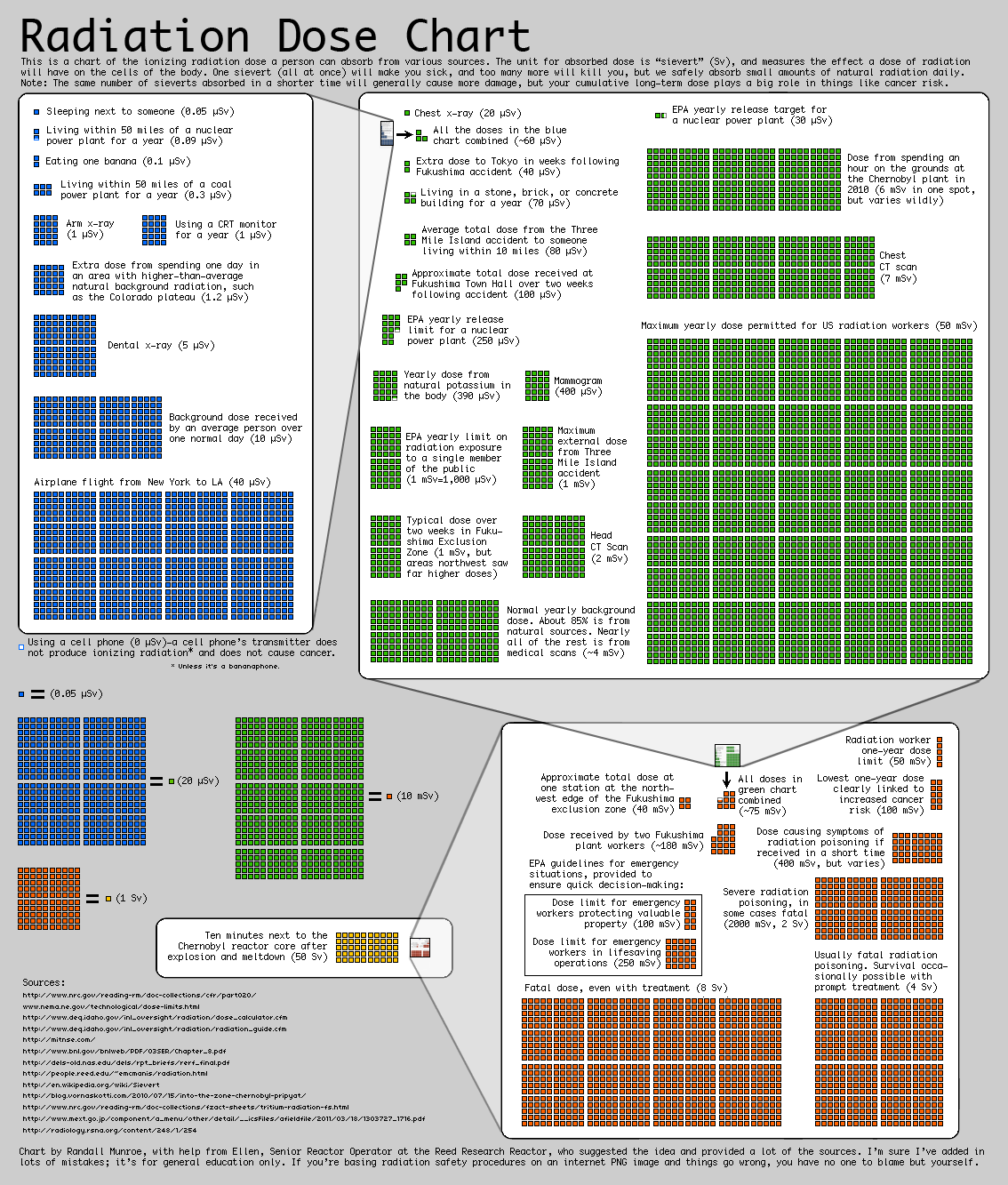To how much radiation are you exposed on a transcontinental flight?

- By
- Aparna Patel
- |
- 28 Jul, 2023
- |

We recently developed a simple online calculator so that concerned pilots, aircrew, and frequent flyers can estimate radiation exposures during air travel. It is freely available at icaro.world for anyone who needs it.
As a physicist who worked for many years on the backscatter imagers, I can assure you the dose to the skin is very low. It is required that there be at least 1mm of aluminum filtration equivalent in the beam to remove the very low energy x-rays that would increase dose to the skin.
- Coming up with a fake travel plan to apply for a Schengen visa, will I get caught?
- Gift of Travel: Way to get a gift card that works for any airline, but only airlines?
The amount of radiation you’re exposed to on an airplane flight depends on a variety of factors, including the altitude, latitude, and duration of the flight. As an example, a flight from New York to Tokyo is probably about 150 μSV. For comparison, natural background radiation is about 2,000-7,000 μSv per year, a chest x-ray is about 50 μSv, and a medical CT scan is about 10,000 μSv.
Some of the other answers have referred to the BED (banana equivalent dose), but unfortunately the BED is scientifically wrong, because the body maintains a constant amount of potassium, so ingesting more doesn’t increase your exposure.
The question asked about the comparison with the radiation exposure from airport scanners. There are two types of full-body scanners, backscatter x-ray and millimeter wave. In the US, the TSA is eliminating all backscatter x-ray scanners by June 2013, so the only type remaining will be millimeter wave scanners. Millimeter wave scanners do not use ionizing radiation, so the radiation exposure is zero. I assume backscatter x-ray machines will continue to be used in airports in at least some other countries; the radiation exposure is about 0.05-0.1 μSv per scan, which is about a thousand times less than exposure during the flight.
There is strong evidence that small doses of radiation do not cause even a small negative health effect in proportion to the dose (which would be the LNT, linear no-threshold hypothesis). In fact, there is quite a bit of evidence that small radiation doses provide a health benefit, an effect called radiation hormesis. This may be because the radiation activates cellular repair mechanisms. However, the dose received from an airplane flight is much too small to provide any positive or negative effect worth considering on an individual basis.
- Is it possible for Indian citizens to travel to Gilgit–Baltistan and Azad Kashmir?
- Hiking across Iceland
On a flight from Los Angeles to New York, you’ll receive a radiation dose of 40 microsieverts. Equivalent doses:
- Two (2) chest X-Rays
- Eight (8) dental X-Rays
- Eating 400 bananas
- Sleeping next to someone for 2.2 years
XKCD has an excellent visualization depicting these doses, including the BED!

Source: http://xkcd.com/radiation/
- How can I get to Iceland on a cargo ship?
- Do I need Gravel, Sand and Ash insurance when renting a car in Iceland?
You can find a very nice article about radiation exposure while flying [here] on airspacemag6.
You can calculate the radiation you’re exposed to, during a flight, here ,by giving departure and arrival cities.
Now, for a more practical aproach, Using the well established BED unit 🙂 (Banana Equivalent Dose), it seems that:
- flying from London to New York is equivalent to 400 BED (additional information).
- To suffer from severe radiation poisoning you need 20 million BED . (additional information)
- In 24h, on ground, you receive approximately an average of 11 BED (additional information)
- A chest x-ray is equivalent to 200 BED (additional information)

Credit:stackoverflow.com‘
Search Posts
Latest posts
-
4 Mar, 2024
How to make dining alone less awkward?
-
5 Mar, 2024
Why prohibit engine braking?
-
5 Mar, 2024
Passing through airport security with autism
Popular posts
-
5 Mar, 2024
How to avoid drinking vodka?